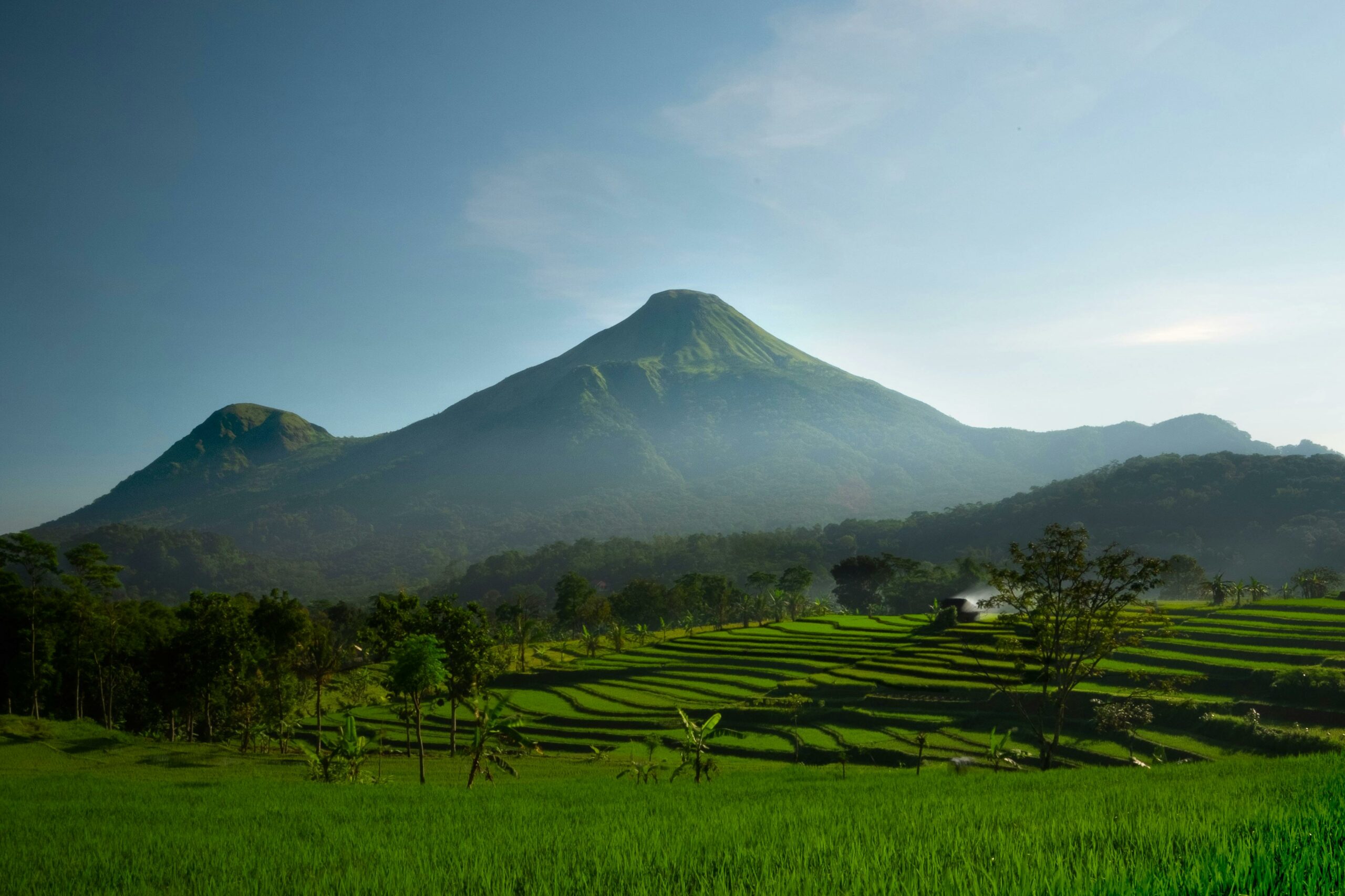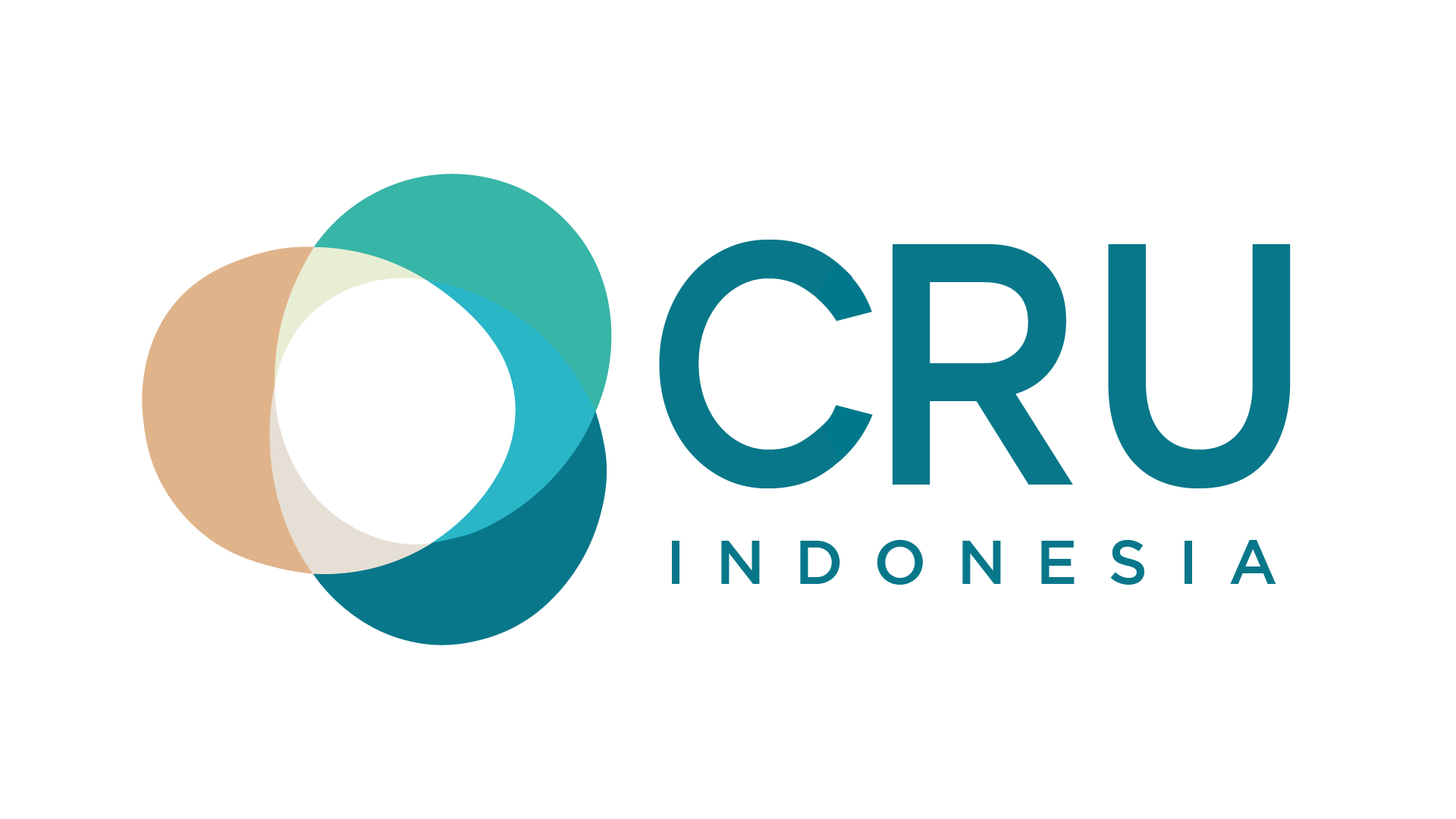Managing Risks and Addressing Human Rights-Based Land and Natural Wealth Conflicts
 29 April 2025
29 April 2025
Land and natural resource conflicts in Indonesia are a persistent, structural issue with deep and lasting effects on people’s lives—especially indigenous communities and smallholders. These conflicts go beyond disputes over ownership or administrative boundaries; they also involve fundamental human rights, including the right to food, a healthy environment, cultural preservation, identity, and sustainable living.1
In this context, a human rights-based approach is essential—not just for resolving conflicts, but also for preventing them from happening in the first place. Land and natural resources aren’t merely economic assets; they’re the very foundation of existence for many local communities. Land rights are recognized as human rights, including the collective rights of Indigenous peoples to their ancestral territories, which are central to their cultural identity and integrity.
One of the core principles of this approach is Free, Prior, and Informed Consent (FPIC)—the right of communities to give or withhold consent before any activity begins. When communities lose access to their land without FPIC, it often leads to human rights violations. Engaging in meaningful consultation to secure FPIC isn’t just a legal requirement—it’s also a smart strategy to prevent conflict and build trust.
Effective conflict management grounded in human rights requires several key elements. First, it’s essential to build a shared commitment among all parties to uphold human rights principles. Second, there must be a focus on creating more balanced power dynamics between the stakeholders. This calls for a thorough conflict analysis, including mapping out the actors involved, identifying power imbalances, and understanding the specific forms of rights violations taking place. The conflict management process must be inclusive, safe, and respectful of local norms—as long as those norms align with human rights principles.
This approach also considers the economic, social, and cultural rights of communities. Changes in land use that limit access to water, forests, or farmland can directly threaten their livelihoods. That’s why it’s essential for all stakeholders—including governments and companies—to develop adaptive, participatory, and rights-based solutions.
The unchecked exploitation of natural resources also leads to environmental damage that violates the right to a healthy environment, as stipulated by Law No. 32 of 2009. This destruction heightens the risks associated with climate change, further increasing community vulnerability. That’s why integrating environmental protection and human rights should be a key part of any strategy to mitigate conflict risks.
Conflicts that aren’t properly addressed often escalate into violence or the criminalization of citizens and environmental defenders. Ensuring the right to assemble, speak freely, and take part in decision-making processes is essential to any effective conflict resolution strategy. A strong civil society and empowered community organizations are also key to managing conflicts in a fair and constructive way.
Effective conflict management isn’t just about addressing past violations—it’s also key to preventing future disputes. The UN Guiding Principles on Business and Human Rights (UNGPs) offer a valuable framework for this. Governments have a responsibility to protect community rights through policy reforms, fair licensing processes, and meaningful consultation. At the same time, companies must carry out regular human rights due diligence and proactively assess the social and environmental risks associated with their operations.
By grounding efforts in human rights, conflict mitigation and management not only focus on resolving problems but also help strengthen relationships between stakeholders, improve resource governance, and support the development of sustainable and inclusive systems.
In short, risk mitigation and conflict management should serve as genuine mechanisms for protecting human rights. But if handled poorly, they can easily turn into a new form of human rights violation.
1.
See inter alia the Universal Declaration of Human Rights, Article 17, and the United Nations Declaration on the Rights of Indigenous Peoples (UNDRIP) 2007, Articles 18 and 25-30.
Photo by Herwin Prabawananda:
